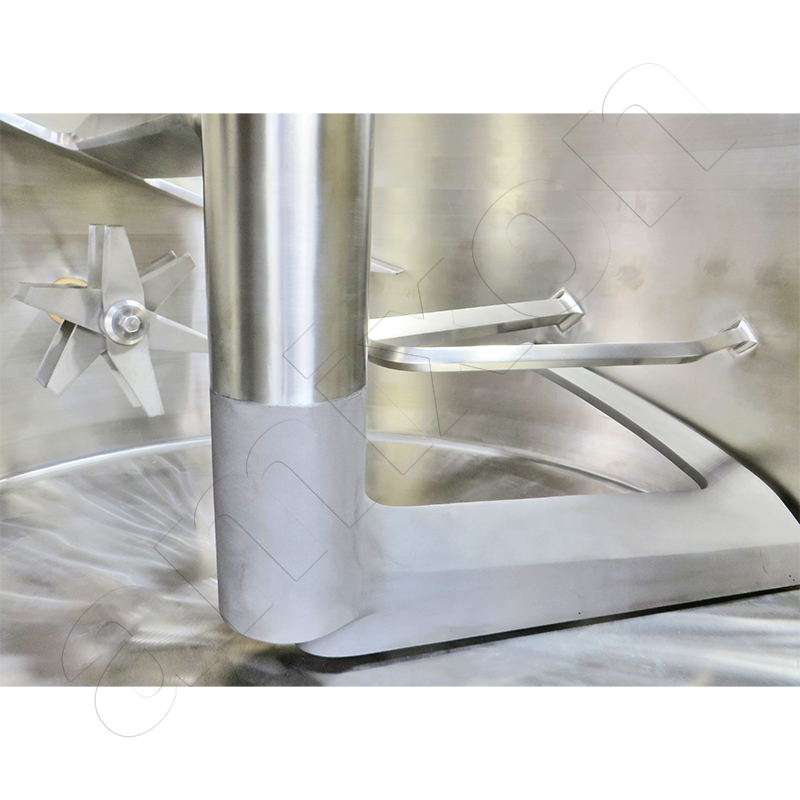
Ceramic coatings
Ceramic coatings are widely used in mechanical engineering. They are characterised by high hardness, wear resistance and chemical inertness. They can be permanently applied to metallic surfaces. Suitable processes include atmospheric plasma spraying (APS), high velocity oxy-fuel spraying (HVOF) and arc and laser processes.
A classic example is the coating of shafts. After spraying, the ceramic layer can be precisely ground. This gives it a mirror-smooth surface that differs only in colour from the base body. Such coatings are more than twenty times more wear-resistant than metallic materials. They are the preferred choice for lip seals or mechanical seals. They fulfil the highest surface quality and abrasion resistance requirements.
Ceramic coatings also play a major role in mixing technology. If mixing tools or mixing vessels are lined with them, wear is reduced considerably. At the same time, abrasive mixing materials are prevented from absorbing metallic abrasion. This improves product purity. The service life of the equipment is extended.
amixon® has extensive experience in minimising wear and applying ceramic coatings. Especially when processing highly abrasive bulk materials, ceramic-coated mixing tools and ceramic-lined mixing chambers significantly increase the service life of the equipment.
Different types of ceramics are used in mechanical engineering:
- Aluminium oxide (Al₂O₃): very hard, electrically insulating, widely used in wear protection.
- Zirconium oxide (ZrO₂): high fracture toughness, good thermal shock resistance.
- Chromium oxide (Cr₂O₃): particularly wear-resistant and chemically resistant.
- Silicon carbide (SiC) and silicon nitride (Si₃N₄): extremely hard, suitable for high-temperature applications.
Thermal barrier coatings made of yttrium-stabilised zirconium oxide (YSZ) are frequently used in the aerospace industry to protect turbine blades against high temperatures.
It is important to note that sprayed-on ceramic layers are porous. They have a microscopically rough structure with open porosity. If such a coating is wetted by liquid, it can penetrate through the pores to the metallic surface. For this reason, thermally sprayed ceramic coatings are not suitable for acid-resistant lining of a metallic mixing chamber. For corrosion-resistant applications, full-surface dense linings made of enamel, plastic or hard metal, for example, must be used instead.
